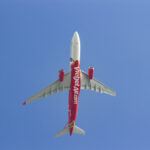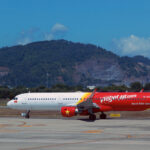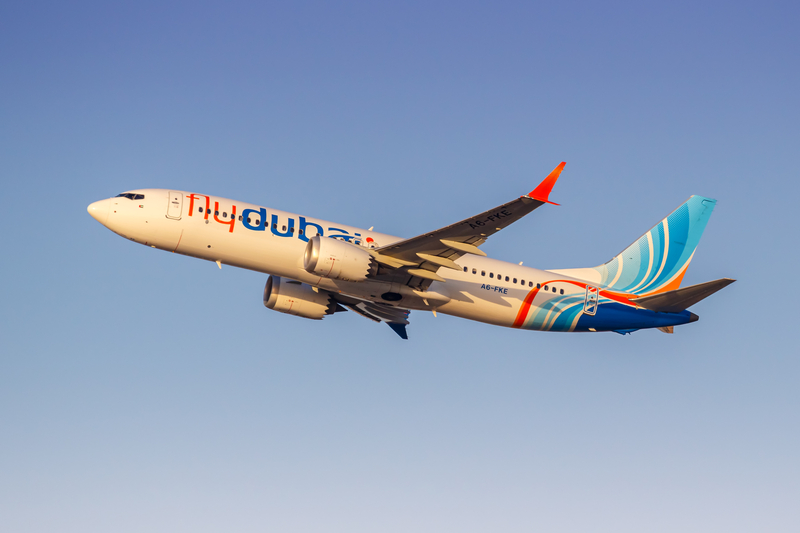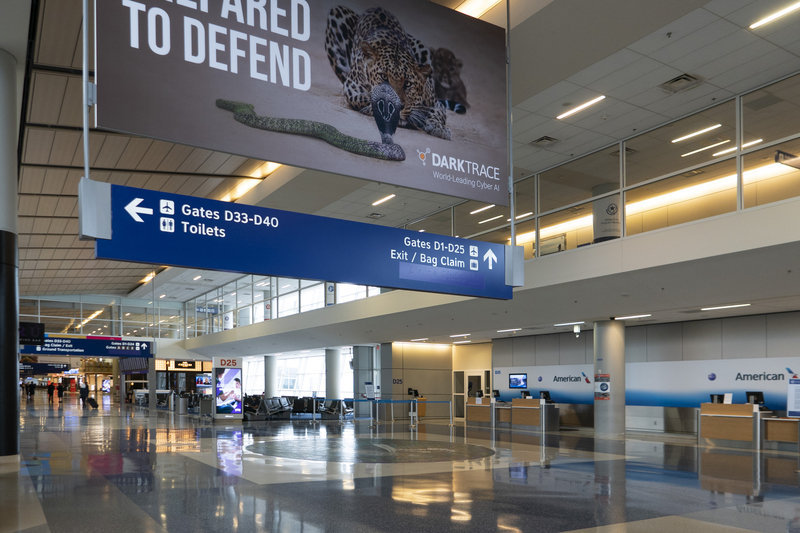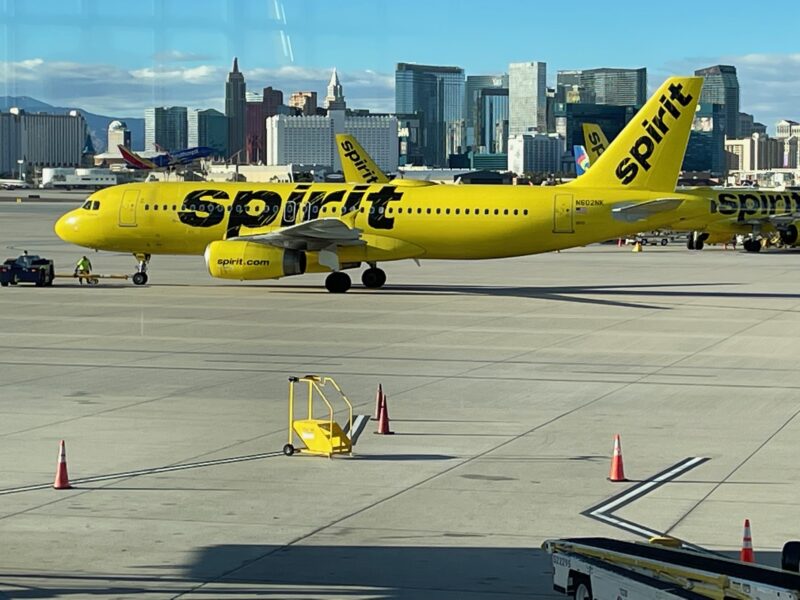Vietjet Locks In 100 More Airbus A321neos, Taking Total To 280
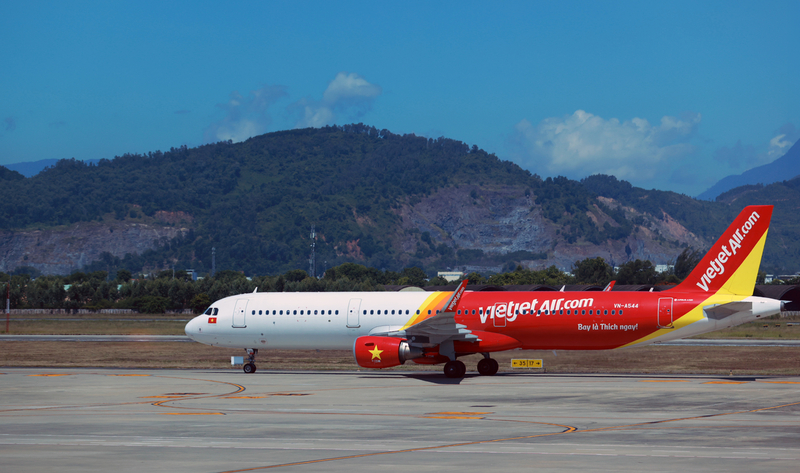
ID 327462159 © L T | Dreamstime.com
Vietnam’s Vietjet has firmed up a fresh order for 100 Airbus A321neo aircraft, turning its Paris Air Show 2025 memorandum into a binding deal and pushing its total A321neo commitment to 280 jets. For a carrier that already leans heavily on Airbus narrowbodies across Vietnam and the wider Asia-Pacific, this is the clearest signal yet of how Vietjet intends to scale: high-density single-aisle aircraft, fast turns, and a network built around Ho Chi Minh City (SGN) and Hanoi (HAN).
A321neo At The Center Of The Strategy
The A321neo is the largest member of the A320neo family and gives Vietjet three things it needs right now:
-
More seats per slot on saturated domestic trunk routes like Ho Chi Minh City (SGN) – Hanoi (HAN), which already sees over 100 weekly Vietjet flights on narrowbodies.
-
Range to reach deeper into Asia — think Japan, South Korea, India, and secondary China — without moving to a widebody.
-
Lower fuel burn (Airbus advertises around 20% versus previous-generation single-aisles) and notably lower noise, which matters at busy airports.
These aircraft will arrive on top of Vietjet’s existing A321neo backlog, so the airline now has enough single-aisle lift on order to more than triple today’s narrowbody fleet over the next decade, assuming deliveries keep pace.
Building On A Busy 2025 Orderbook
This narrowbody deal comes just months after Vietjet doubled down on long-haul growth with 20 additional Airbus A330-900s, taking that commitment to 40 aircraft. The A330-900 — with its 13,300 km class range and wide, lower-deck cargo capability — is what lets Vietjet upgauge high-volume regional routes and launch services from Ho Chi Minh City (SGN) to Australia, such as Melbourne (MEL), while keeping costs in LCC territory.
A split fleet of A321neo for medium-haul and A330-900 for long-haul/high-density is a very Airbus-friendly answer to Vietnam’s demand curve: heavy leisure and VFR traffic, rising outbound tourism, and a growing middle class that wants nonstops rather than connections through Bangkok (BKK), Singapore (SIN), or Kuala Lumpur (KUL).
A Fast-Growing, Mostly-Airbus Operator
Across the Vietjet group — including Vietjet Thailand and Vietjet Qazaqstan — the airline is operating around 120+ aircraft, the vast majority of them A320-200s, A321-200s, A321neos, and A330-200s. The carrier has experimented on the margins — it briefly flew China’s rebranded COMAC C909 under a short six-month lease in 2025, and it still has Boeing 737 MAX positions in its long-term plan — but the backbone remains Airbus.
What this 100-aircraft firm order does is reaffirm that Airbus will supply the bulk of Vietjet’s capacity growth, even as other types filter in.
Where All These Jets Will Fly
Vietjet already touches 18+ domestic points in Vietnam and 35–40 international destinations around Asia-Pacific. The biggest single-aisle markets today include:
-
Ho Chi Minh City (SGN) – Hanoi (HAN): up to 117 weekly flights, often weight-limited at peak; perfect A321neo territory.
-
Ho Chi Minh City (SGN) – Nha Trang/Cam Ranh (CXR) and SGN – Da Nang (DAD): strong leisure flows, lots of weekend peaks.
-
Ho Chi Minh City (SGN) – Melbourne (MEL): currently widebody, but a growing Australia portfolio makes more narrowbody feed useful.
-
Hanoi (HAN) – Ho Chi Minh City (SGN): also a candidate for higher-density layouts.
With 280 A321neos in the pipeline, Vietjet can do three things at once:
-
Flood the Vietnam trunk routes with higher-capacity aircraft to defend share against Vietnam Airlines and Bamboo Airways.
-
Add secondary international city pairs — Central and North Asia in particular — where yields are good but not widebody-good.
-
Rotate out older A320ceos without shrinking.
Airbus’ A321neo Backlog Just Got Even Deeper
For Airbus, Vietjet’s conversion is another brick in an already massive wall. By the end of Q3 2025, Airbus had logged 7,100+ A321neo orders from nearly 100 customers, and the A321neo had become the default growth aircraft for low-cost carriers from Europe to Southeast Asia. Vietjet’s move keeps the pressure on Airbus’ production calendar into the late 2020s.
Bottom Line
Vietjet’s decision to firm 100 more Airbus A321neos — lifting its total to 280 — is a very clear statement: the airline wants to stay a high-growth, low-cost, mostly-Airbus operator, fed through Ho Chi Minh City (SGN) and Hanoi (HAN) and pushing harder into regional Asia. Paired with the A330-900 order earlier in 2025, the carrier now has the single-aisle and widebody tools it needs to keep expanding without having to rethink its operating model.
